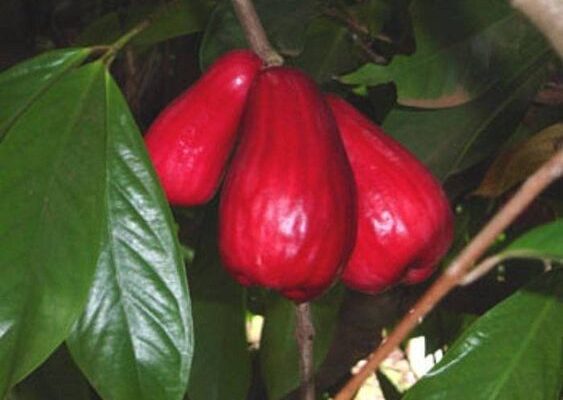Loquat: A Sweet and Nutritious Delight from the Three-Flowered Plum Tree
The loquat, which is also known as Eriobotrya japonica, is a delicious and versatile fruit that is highly valued for its wonderful flavor and numerous health benefits. Originally from southeastern China, the loquat tree has been cultivated for centuries and is now grown in various regions around the world. Let’s take a closer look at the fascinating world of the loquat and uncover the reasons behind its enduring popularity.
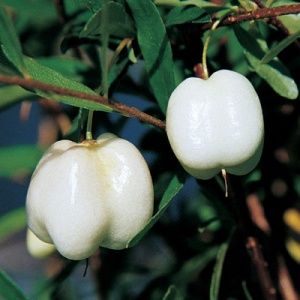
Attractive Appearance: The loquat fruit goes by various names, including “three-flowered plum” and “Japanese medlar”. It is an oval-shaped drupe with a smooth, yellow-orange skin when fully ripe. The flesh inside is juicy, aromatic, and irresistibly sweet, surrounding several large brown seeds. Its refreshing taste and unique texture make it a delectable treat enjoyed by many.

Nutritional Value: Beyond its delicious flavor, the loquat is a nutritional powerhouse. It is rich in essential vitamins such as vitamin A, vitamin C, and vitamin E, all of which contribute to a strong immune system and healthy skin. Additionally, loquats contain dietary fiber, potassium, and antioxidants, making them a wholesome addition to any diet.
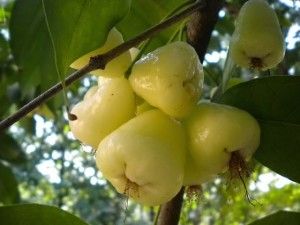
Culinary Uses: The loquat’s sweet and tangy flavor makes it an excellent ingredient in a variety of culinary delights. It can be eaten fresh, added to fruit salads, or made into jams, jellies, and desserts. In some cultures, loquats are used to make refreshing beverages or infused into herbal teas.
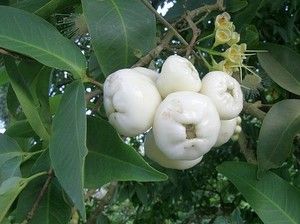
Medicinal Properties: In traditional medicine, various parts of the loquat tree have been used for their medicinal properties. The leaves are believed to have antiviral and anti-inflammatory properties and are used in herbal remedies for coughs and respiratory ailments.
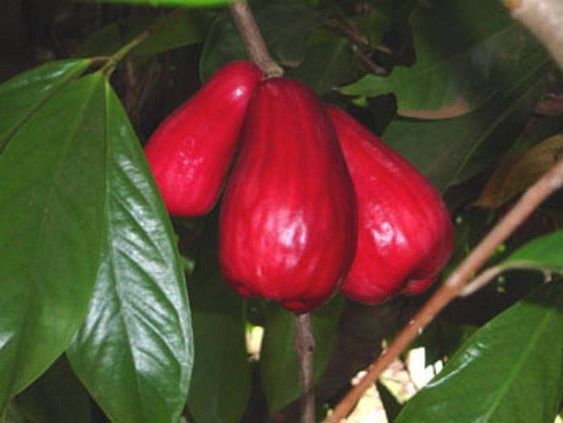
Cultural Significance: Throughout history, the loquat has held cultural significance in different regions. In China, it has been a symbol of prosperity and abundance, often used during Lunar New Year celebrations. It is also revered in Japan, where it is known as “biwa,” and features in traditional arts, literature, and festivals.
Global Distribution: Loquats have spread to various countries with suitable climates, including Spain, Brazil, India, and the United States. Their adaptability and ease of cultivation have made them a favorite among gardeners and fruit enthusiasts worldwide.
Sustainable Growth: Loquat trees are relatively low-maintenance and can thrive in diverse conditions, from subtropical to temperate climates. Their ability to withstand fluctuations in temperature and adapt to various soils makes them an environmentally friendly fruit choice for home gardeners and sustainable agriculture.
The loquat, which is also known as Eriobotrya japonica, is a delicious and versatile fruit that is highly valued for its wonderful flavor and numerous health benefits. Originally from southeastern China, the loquat tree has been cultivated for centuries and is now grown in various regions around the world. Let’s take a closer look at the fascinating world of the loquat and uncover the reasons behind its enduring popularity.

Attractive Appearance: The loquat fruit goes by various names, including “three-flowered plum” and “Japanese medlar”. It is an oval-shaped drupe with a smooth, yellow-orange skin when fully ripe. The flesh inside is juicy, aromatic, and irresistibly sweet, surrounding several large brown seeds. Its refreshing taste and unique texture make it a delectable treat enjoyed by many.

Nutritional Value: Beyond its delicious flavor, the loquat is a nutritional powerhouse. It is rich in essential vitamins such as vitamin A, vitamin C, and vitamin E, all of which contribute to a strong immune system and healthy skin. Additionally, loquats contain dietary fiber, potassium, and antioxidants, making them a wholesome addition to any diet.

Culinary Uses: The loquat’s sweet and tangy flavor makes it an excellent ingredient in a variety of culinary delights. It can be eaten fresh, added to fruit salads, or made into jams, jellies, and desserts. In some cultures, loquats are used to make refreshing beverages or infused into herbal teas.

Medicinal Properties: In traditional medicine, various parts of the loquat tree have been used for their medicinal properties. The leaves are believed to have antiviral and anti-inflammatory properties and are used in herbal remedies for coughs and respiratory ailments.

Cultural Significance: Throughout history, the loquat has held cultural significance in different regions. In China, it has been a symbol of prosperity and abundance, often used during Lunar New Year celebrations. It is also revered in Japan, where it is known as “biwa,” and features in traditional arts, literature, and festivals.
Global Distribution: Loquats have spread to various countries with suitable climates, including Spain, Brazil, India, and the United States. Their adaptability and ease of cultivation have made them a favorite among gardeners and fruit enthusiasts worldwide.
Sustainable Growth: Loquat trees are relatively low-maintenance and can thrive in diverse conditions, from subtropical to temperate climates. Their ability to withstand fluctuations in temperature and adapt to various soils makes them an environmentally friendly fruit choice for home gardeners and sustainable agriculture.
